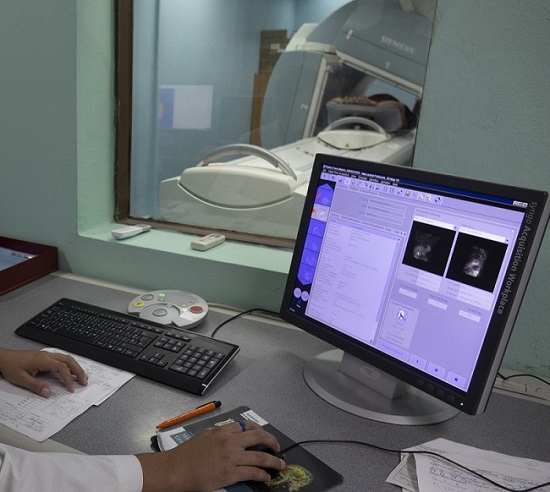Dear Dr. Zoomie – I’ve got a buddy who’s a radiation safety guy. He’s always talking about “providing radiological coverage” and stuff like that, but he never explains what that means. Can you tell me what “radiological coverage” is?
You know, that’s a term I use quite a bit, but you made me realize that I’m not sure I ever explain it; I wonder how many people I’ve left wondering over the years. Let’s hope some of them are reading this. Anyhow – here goes!
In general, “radiological coverage” means any radiological work that helps to support a procedure or task. And I know that’s a bit nebulous, so let me give you some examples.
When I was working at a hospital they had active programs in both nuclear medicine and radiation oncology in addition to a number of x-ray, fluoroscopy, and CT machines. I was called on to provide radiological coverage for nuclear medicine and radiation oncology frequently; for radiology procedures less frequently. Here are some examples:
Our physicians treated some forms of cancer by implanting radioactive sources inside the tumors. We measured radiation dose rates from these sources, performed surveys of the trash and surgical implements after the procedure was finished, and measured radiation dose rate from the sources inside the patients to make sure nobody received too much radiation exposure. In addition, we’d calculate how long nurses and visitors could spend in the patients’ rooms without receiving too much dose, and we counted to make sure that all of the sources were accounted for. Finally, for sources that were implanted only temporarily, we did this again when the sources were withdrawn to make sure that all of the sources had been removed from the patient (there was a patient who died in the early 1990s when she was sent home without removing all of the sources from her body https://www.johnstonsarchive.net/nuclear/radevents/1992USA1.html).
Other types of cancer were treated by having patients ingest radioactivity; the radioactivity would concentrate in the organ with the tumor, exposing it to enough radiation to destroy the cancer (radioactive iodine, for example, will collect in the thyroid and is used to treat thyroid cancer). We did much the same radiation surveys here as mentioned in the last example, also calculating how long nurses and visitors could remain in the room with the patient. Since these patients would stay with us for a few days we did this daily as long as they were with us. On top of that, since internal radionuclides can leave the body when the patient goes to the bathroom (and, in the case of iodine, even when they touch things) we’d cover anything the patient was likely to touch with plastic and, when the patient was discharged, we’d survey the room for contamination and would clean up any contamination we found.
In one case our cardiologists were trying to use ultrasound instead of fluoroscopy to guide their tools when taking tissue samples from a transplanted heart (they were checking for signs that the body might be rejecting the new heart). Because they were going to be using both methods side-by-side to learn how to interpret the ultrasound images they were concerned about the radiation dose to the ultrasonographers and asked us to measure their radiation exposure when the fluoroscopy was turned on. We made similar measurements for orthopedic surgeons who were trying to figure out how to reduce the radiation exposure they and their patients received during involved procedures.
And all sorts of times we were asked to measure radiation dose rates to help physicians understand how to reduce their radiation exposure. In one case, for example, we had a back surgeon who’d received over 1 rem of exposure in just a month; I asked to observe him at work to see how he might reduce his radiation exposure. The suggestions I came up with eventually lowered his exposure by a factor of 10.
So, in a medical setting, these are the sorts of things that fall under “radiological coverage.” And in a non-medical setting, it’s largely the same – monitoring radiation levels, exposure to the people you’re covering, contamination levels, and the like.
